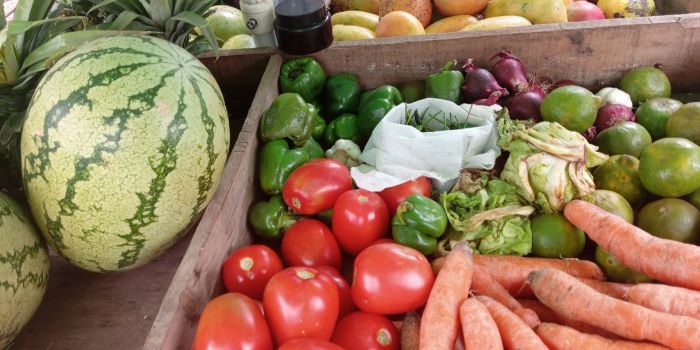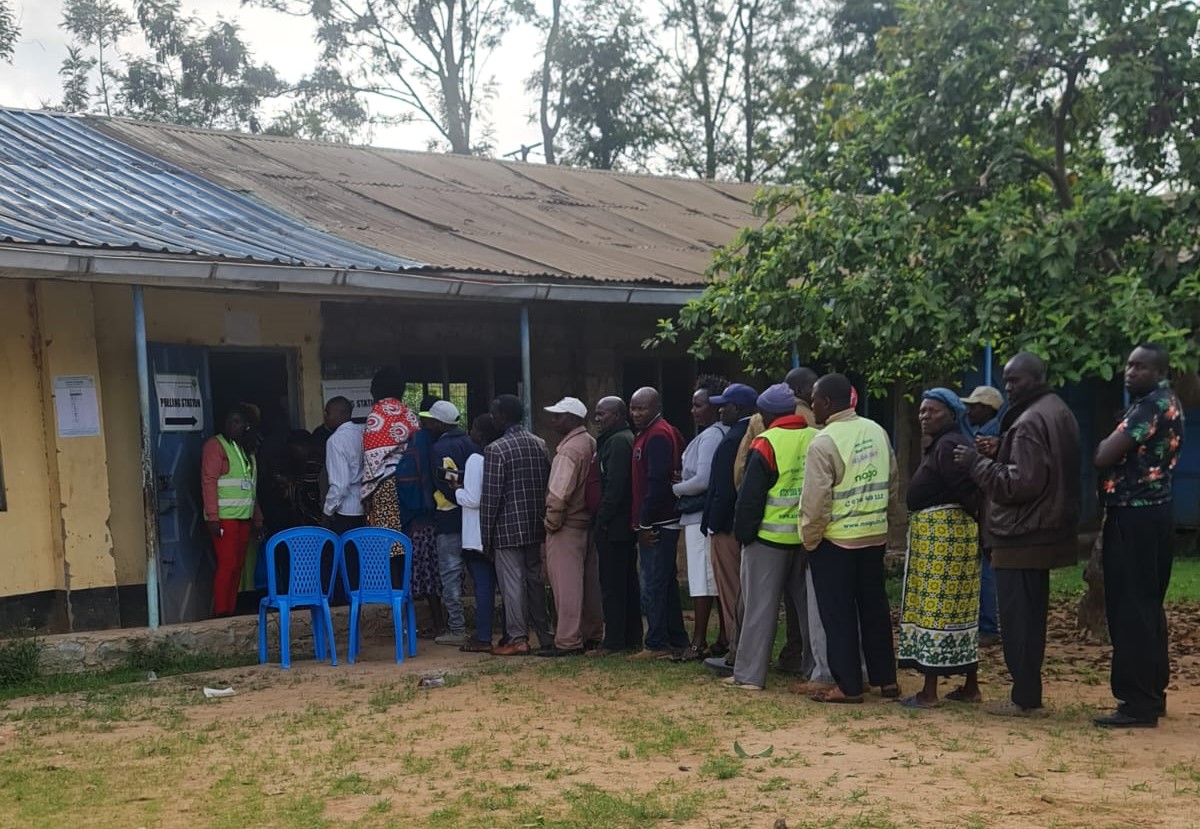Relief for consumers as commodity prices are set to fall 5 per cent next year

The easing commodity prices, according to a majority of the respondents, has made it somewhat more manageable to navigate the increasingly high cost of living.
Consumers in the country are likely feeling a sense of relief, as reports indicate a significant drop in the cost of living, with prices for several household items declining in recent months.
Speaking to the Eastleigh Voice, a majority of City residents in the Kasarani - Mwiki area, for instance, reported noticeable reductions in the prices of basic foodstuffs such as maize flour, wheat, sugar and cooking oil, which have been a significant burden on household budgets.
More To Read
- KNBS data shows uneven food price shifts as inflation dips slightly
- Africa’s agricultural exports are losing ground: Four key interventions that could lift sector again
- World Bank sounds alarm as Kenya’s labour market weakens, wages fall and informal jobs surge
- World Bank upgrades Kenya’s growth outlook to 4.9 per cent, warns of elevated risks
- Residents to receive Sh500 million compensation for Isiolo-Garbatulla-Modogashe road project
- Africa’s share of global extreme poverty rose by 30 per cent in 10 years - World Bank
Additionally, analysis of the monthly fuel price review by the Energy and Petroleum Regulatory Authority (EPRA), reveals a noticeable decreasing trend in the price of energy, offering further respite to consumers.
The easing commodity prices, according to a majority of the respondents, has made it somewhat more manageable to navigate the increasingly high cost of living.
This is as they look forward to further relief in the coming year.
However, some remained cautiously optimistic, saying the ease in prices of some household commodities could be negated by the increase in others, which could offset the relief in the long term.
To avert this little fear, the global commodity markets barometer by the World Bank says in addition to the positive trend of easing prices this year, the prices will likely continue declining in coming years.
"After softening by three per cent in 2024 (year-on-year), the World Bank commodity price index is projected to retreat by a further five per cent in 2025 and two per cent in 2026," the lender says.
"This would lead aggregate commodity prices to their lowest level since 2020, albeit still nearly 30 per cent above the 2015-19 average."
It adds that while price projections across individual commodities are mixed, a major factor underlying the overall decline is improving supply conditions.
The projected declines are led by oil prices, but tempered by price increases for natural gas and a stable outlook for metals and agricultural raw materials.
According to the lender, the Brent Crude oil price is projected to average $80 (Sh10,336 at the current exchange rate) per barrel in 2024, before slipping to $73 (Sh9,431) per barrel in 2025 and $72 (Sh9,302) in 2026.
Brent Crude is the benchmark used for pricing crude oil in Europe, Africa and the Middle East.
"Thus, from their 2022 high, annual average oil prices are expected to decline for four consecutive years through to 2026."
Notably, the agricultural prices, after edging up in 2024, are expected to fall by four per cent in 2025 (year-on-year), reflecting increasing supplies amid favourable weather conditions, with little change anticipated in 2026.
"Within the agriculture index, food commodity prices, including grains, oils and meals, and other foods are on course to decline by nine per cent this year, then forecast to soften by a further four per cent next year before levelling off in 2026," World Bank says.
"Over time, this should help improve overall food affordability, particularly in developing countries."
After a 58 per cent surge in 2024, beverage prices are forecast to partially fall back in the next two years.
Meanwhile, agricultural raw material prices are projected to remain broadly stable over the forecast period.
Despite the positive outlook of the market, the lender says in the near term, the possibility of escalating conflict in the Middle East poses substantial upside risks to energy prices in particular.
It says a conflict-related reduction in the region's energy exports could drive oil and gas prices higher in the closing months of 2024 and well above the forecasts for next year, with knock-on consequences for other commodities.
"Other upside risks to commodity prices include stronger-than anticipated economic growth, especially if related to policy stimulus in China, and potential supply disruptions due to climate change-related extreme weather."
Top Stories Today













































